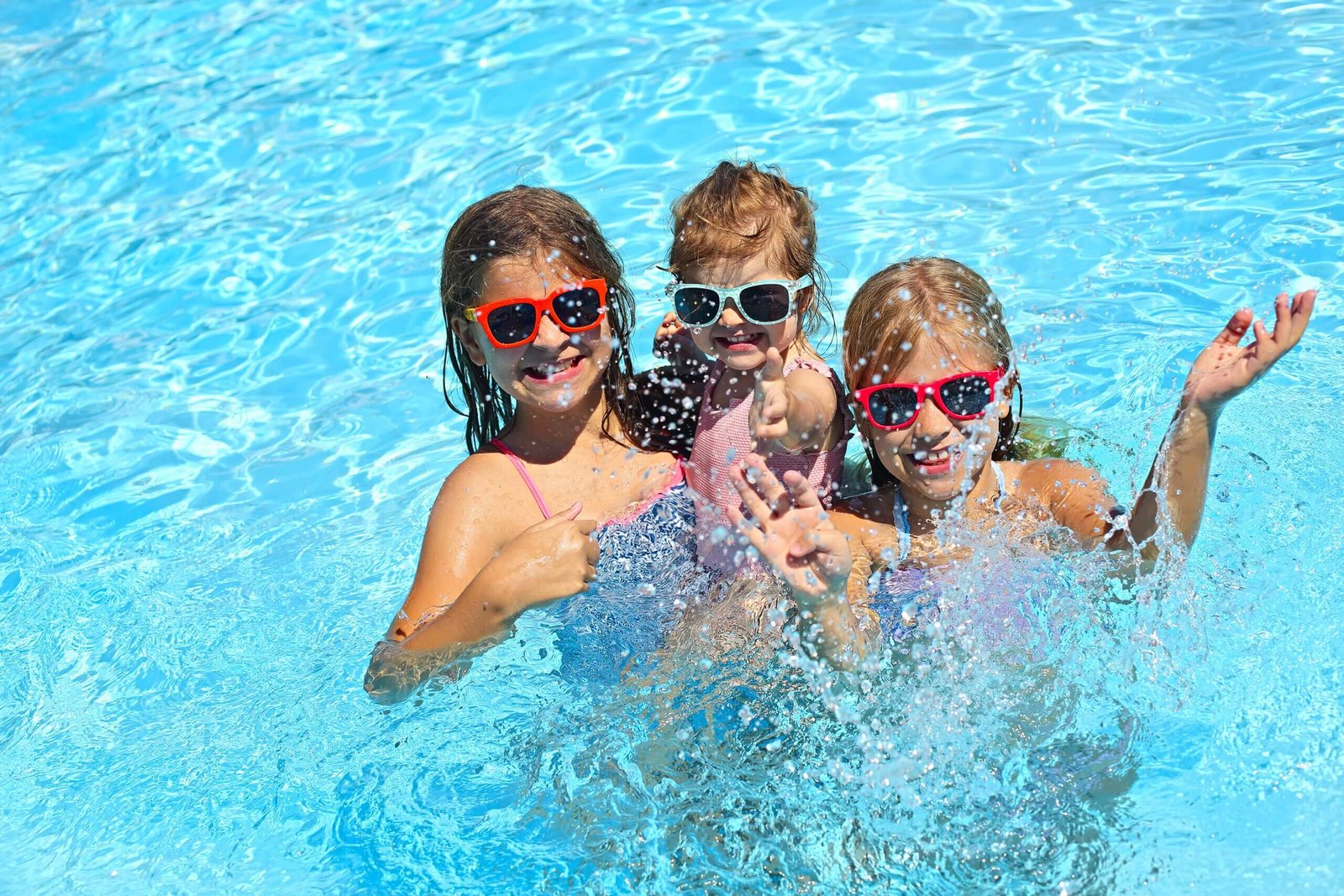Generally, children’s pool demand a higher level of supervision as children are more exposed to pool accidents than adults. It’s crucial to prioritize safety, especially when children are involved. Here are six essential tips to ensure a secure and enjoyable pool experience for your little ones.
Thank you for reading this post, don't forget to subscribe!1. Constant Supervision
Never underestimate the power of vigilant supervision. Assign a designated adult to actively watch the children in and around the pool without distractions. Drowning can happen silently and swiftly, making constant supervision the most effective preventive measure. A brief moment of inattention can lead to dire consequences, so ensure that the designated adult is focused solely on the task of overseeing the pool area.
2. Teach Water Safety Rules
Educate children about basic water safety rules. Teach them the importance of never swimming alone, not running around the pool deck, and understanding the depth of the water. Make sure they comprehend the significance of listening to and following the instructions of lifeguards or adults in charge. Knowledge empowers children to make safer choices in and around children’s pool.
3. Swim Lessons
Enroll your children in swim lessons from an early age. These lessons not only instill confidence in the water but also teach essential swimming skills. Knowing how to float, tread water, and swim short distances can be invaluable in an emergency. Look for certified swim instructors and age-appropriate classes to ensure your child receives proper guidance in building a strong foundation in swimming.
Read Here: 8 Tips to Stay Comfortable and Stylish during Travel
4. Life Jackets
For non-swimmers or those still mastering the skill, life jackets are non-negotiable. Ensure that your child wears a properly fitted, Coast Guard-approved life jacket when in and around the pool. These jackets provide buoyancy and can be lifesaving in emergencies. Always check the condition of the life jacket to ensure it is in good working order and appropriate for your child’s weight and size.
5. Secure Pool Perimeter
Implement physical barriers around children’s pool area to restrict unauthorized access. This may include a fence with a self-closing, self-latching gate. Such barriers not only prevent unsupervised entry but also serve as a visual reminder to children that the pool area requires special attention. Regularly inspect and maintain these barriers to ensure they remain effective.
6. Emergency Preparedness
Equip yourself with basic CPR and first aid skills. In case of an emergency, a swift response can make a crucial difference. Seconds count when it comes to water-related incidents, and being prepared to provide immediate assistance can be the key to a positive outcome. Encourage other adults in your household or frequent pool visitors to undergo CPR and first aid training as well.




One thought on “6 Essential Tips for Children’s Pool Safety”